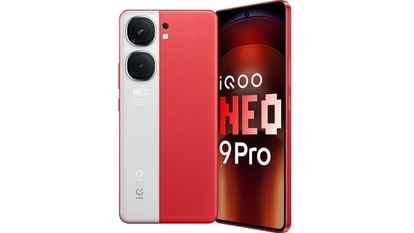Solar system is encased in a bubble
Amazingly, the Heliosphere is a bubble encasing the solar system and separates us from some of the harsh space radiation.
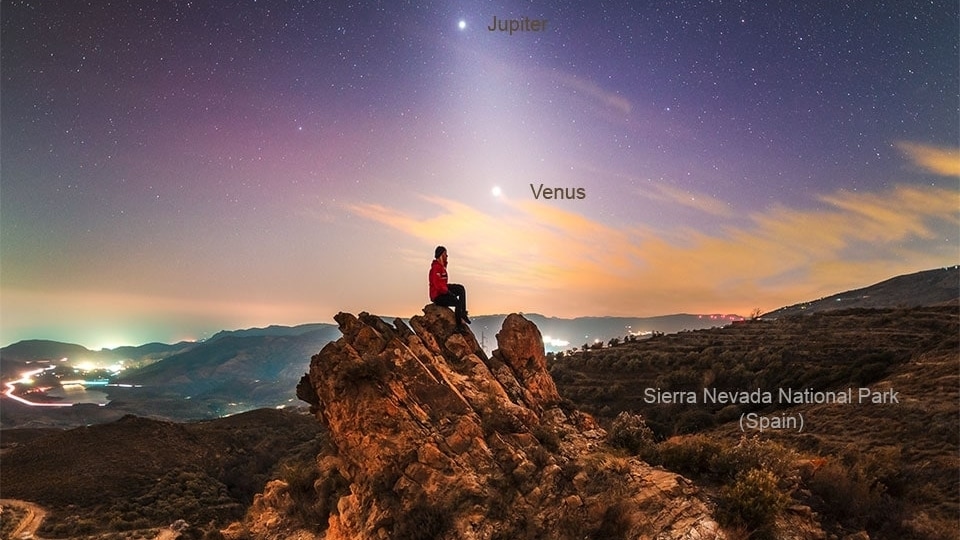
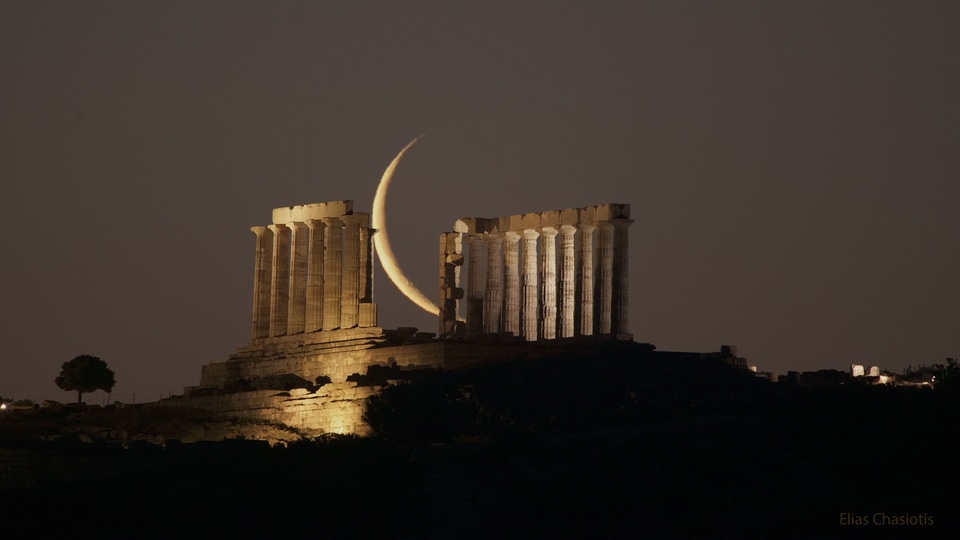

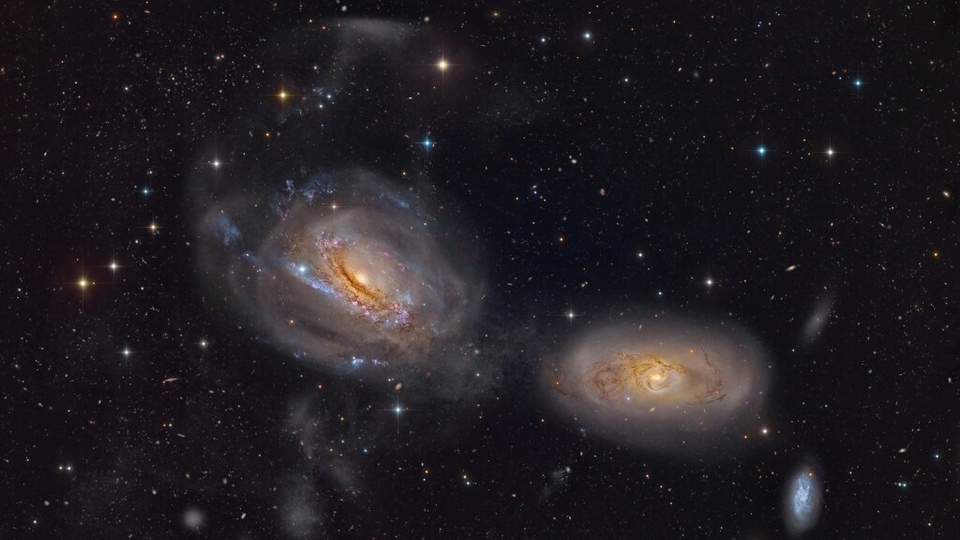
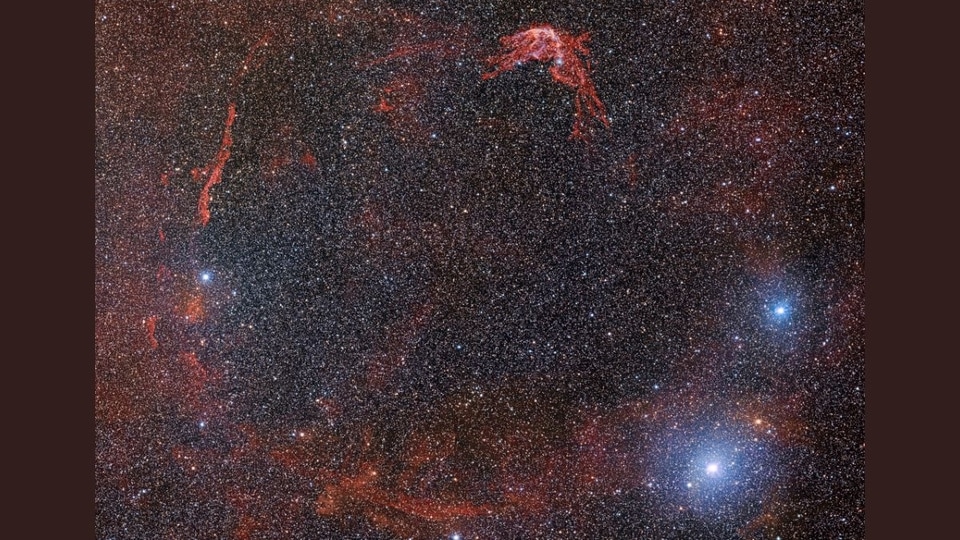
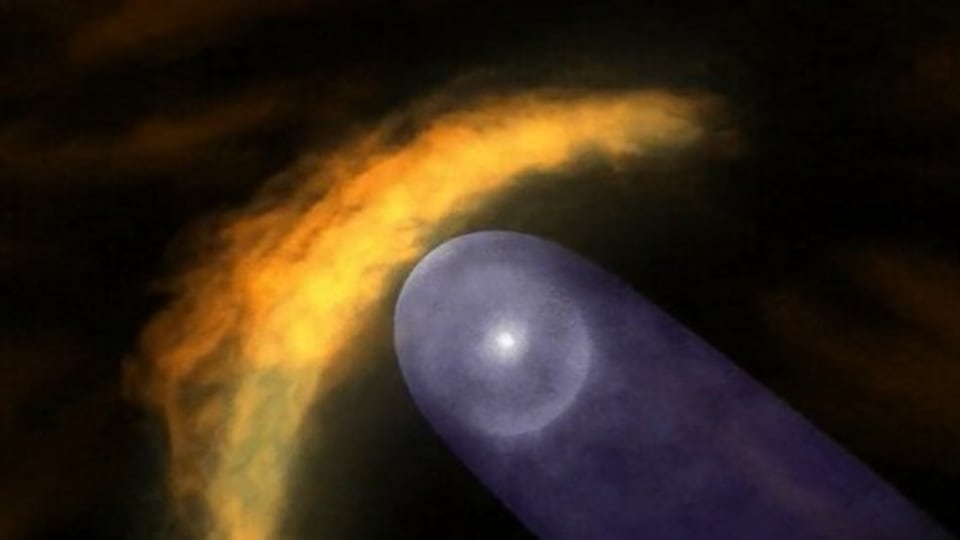
 View all Images
View all ImagesSpace has always been an interesting thing to explore for scientists and researchers. In order to find out more details, insights and something interesting, astronauts and spacecraft are sent into space to gather even more information from close quarters. However, Space is not that safe! Harmful radiation, heat, and unforeseen situations need to be taken care of. NASA has informed that the solar system is encased in a bubble called the heliosphere which protects us from harsh space radiation.
The surprising point is, the heliosphere is itself created by another source of radiation, which is the Sun. Informing about the same NASA Sun and Space tweeted, "The solar system is encased in a bubble called the heliosphere, which separates us from the vast galaxy beyond — and some of its harsh space radiation. We're protected from that radiation by the heliosphere, which itself is created by another source of radiation: the Sun!"
"Though the heliosphere was discovered in the late 1950s, many questions about it remain. The more scientists study it, the more they can learn about how it reduces radiation exposure for astronauts and spacecraft, and even how other stars affect their nearby planets!," NASA Sun and Space added.
How is heliosphere formed
The sun sends out a constant flow of charged particles called the solar wind, which ultimately travels past all the planets to some three times the distance to Pluto before being impeded by the interstellar medium. This forms a giant bubble around the sun and its planets, known as the heliosphere. NASA has studied the heliosphere to better understand the fundamental physics of the space surrounding us - which, in turn, provides information regarding space throughout the rest of the universe, as well as regarding what makes planets habitable.
"For one thing, our heliosphere acts as a giant shield, protecting the planets from galactic cosmic radiation. Earth is additionally shielded by its own magnetic field, the magnetosphere, which protects us not only from solar and cosmic particle radiation but also from erosion of the atmosphere by the solar wind. Planets without a shielding magnetic field, such as Mars and Venus, are exposed to such processes and have evolved differently," NASA explained.
NASA heliophysics missions contributing to heliospheric research are: the Advanced Composition Explorer; NOAA's Deep Space Climate Observatory, the Interstellar Boundary Explorer, the Solar Terrestrial Relations Observatory; Voyager, and Wind. Additionally, instruments on such NASA missions as Maven and Juno, observe the space around Mars and Jupiter respectively, and contribute to heliospheric research.
Catch all the Latest Tech News, Mobile News, Laptop News, Gaming news, Wearables News , How To News, also keep up with us on Whatsapp channel,Twitter, Facebook, Google News, and Instagram. For our latest videos, subscribe to our YouTube channel.






























